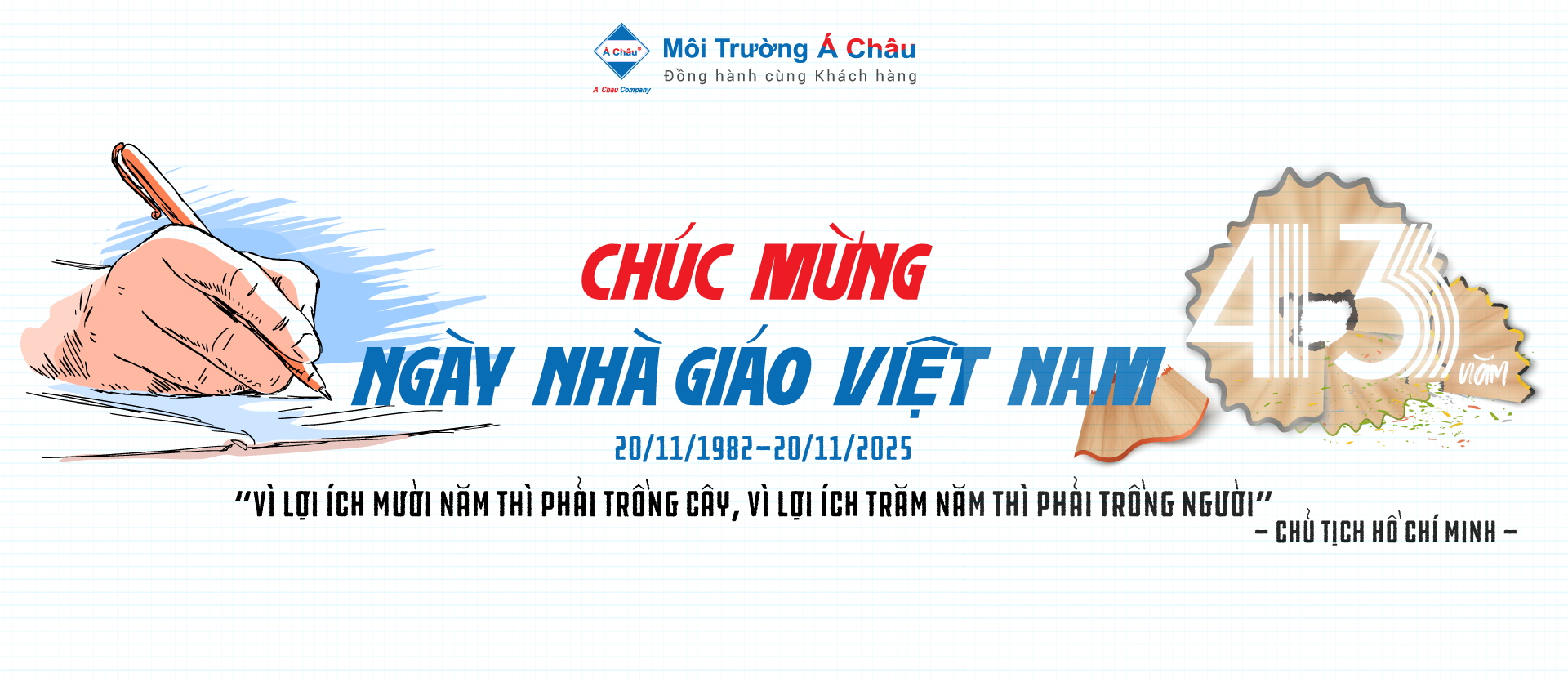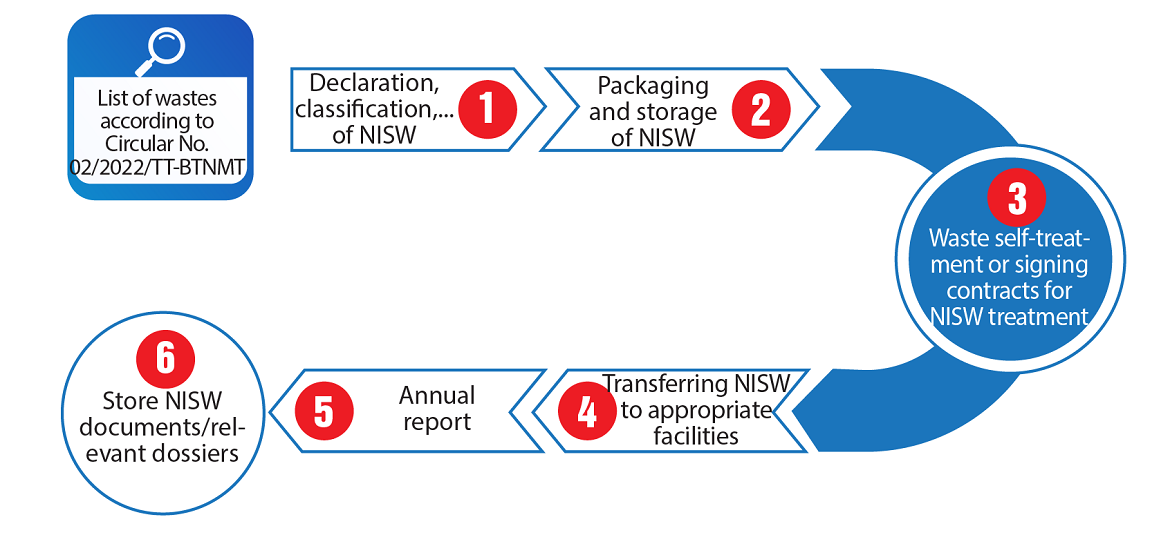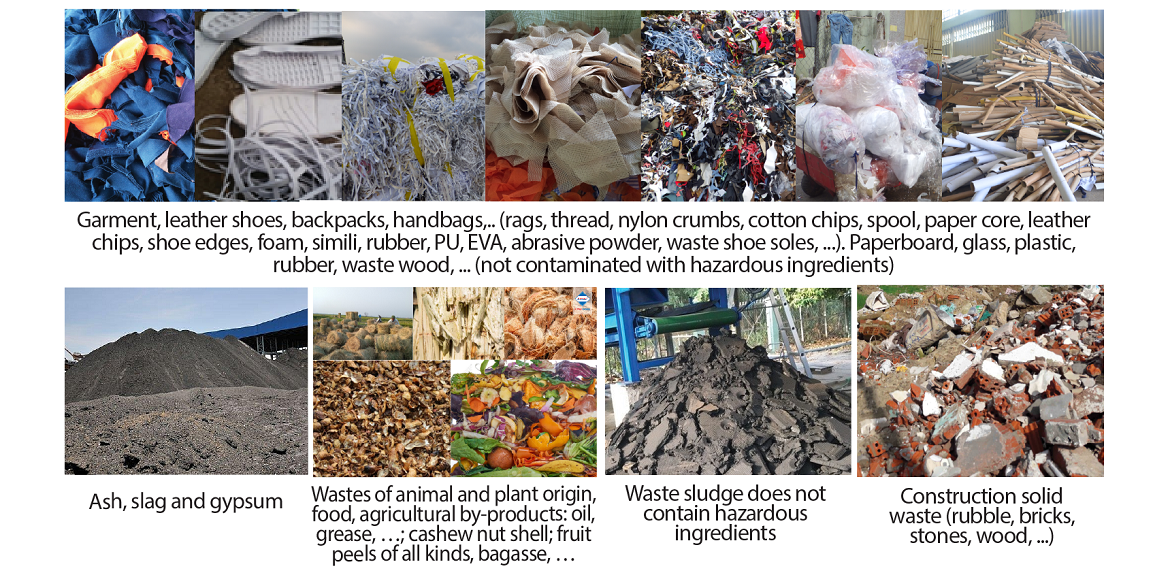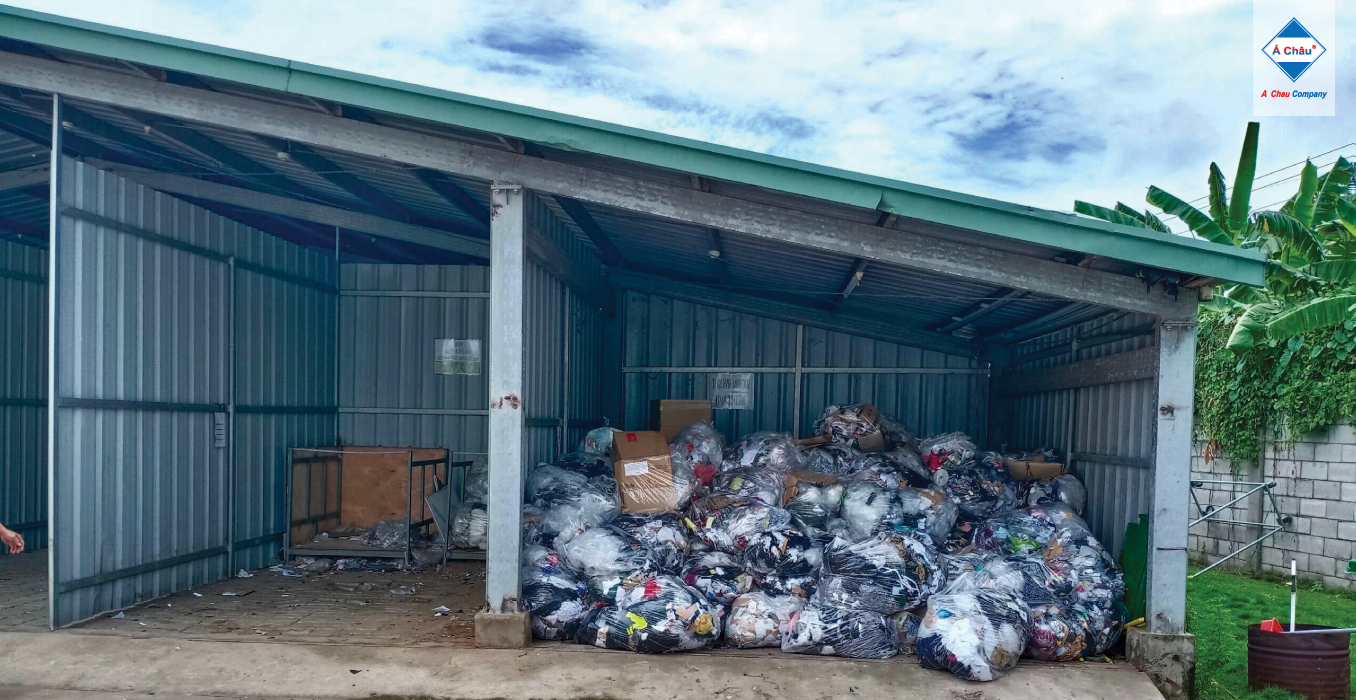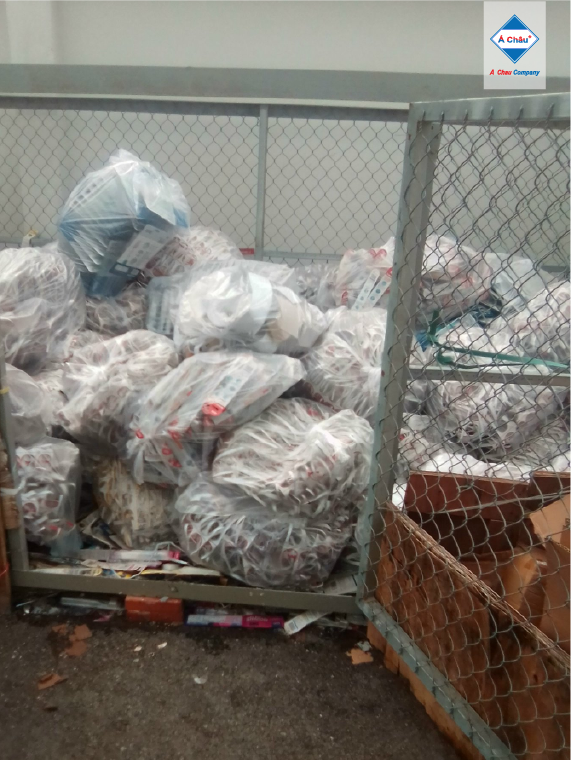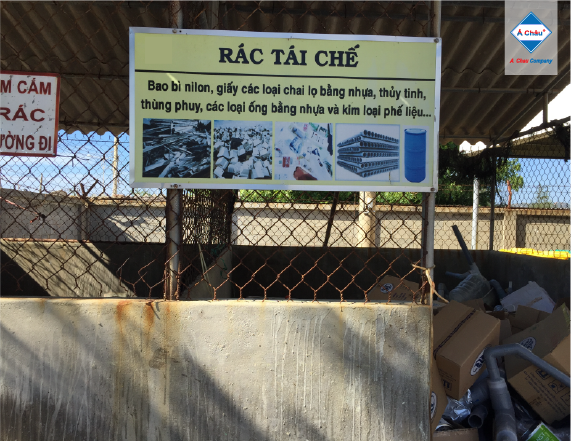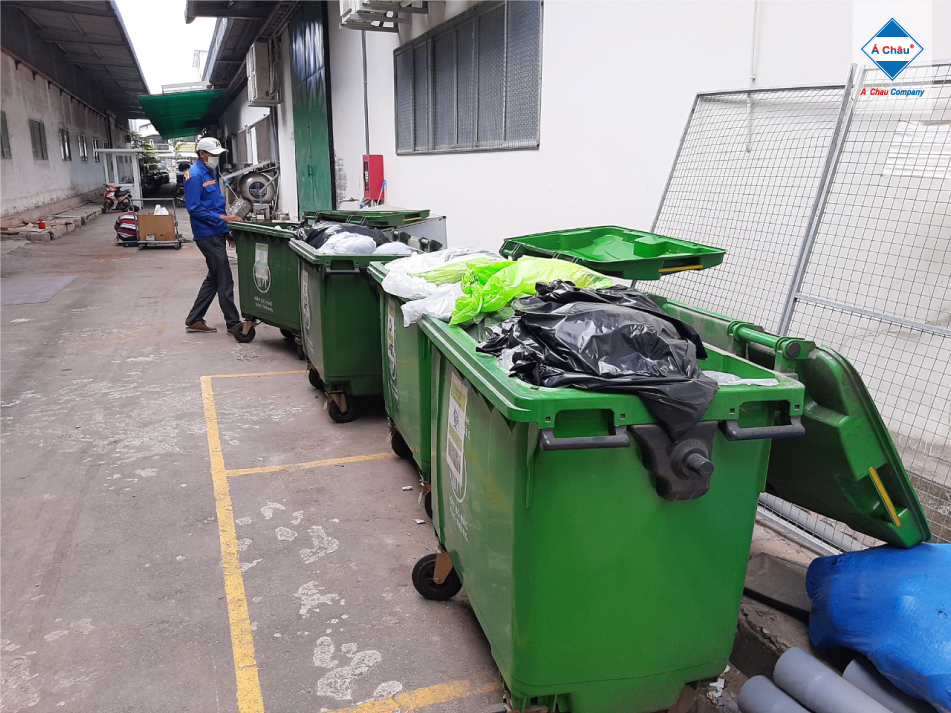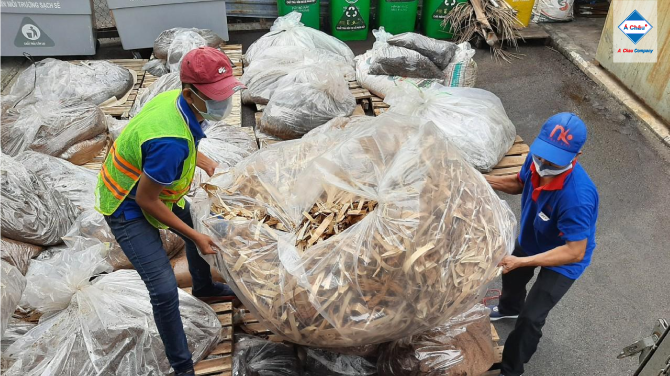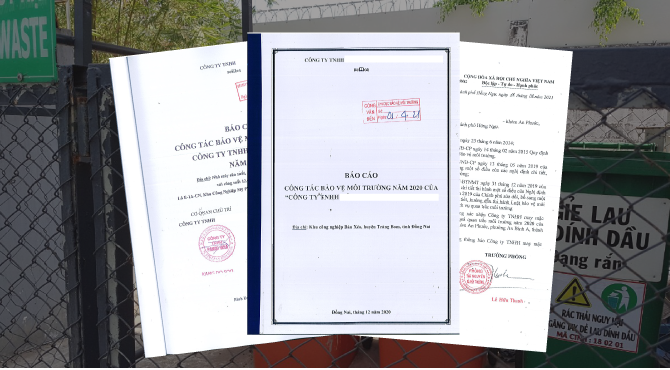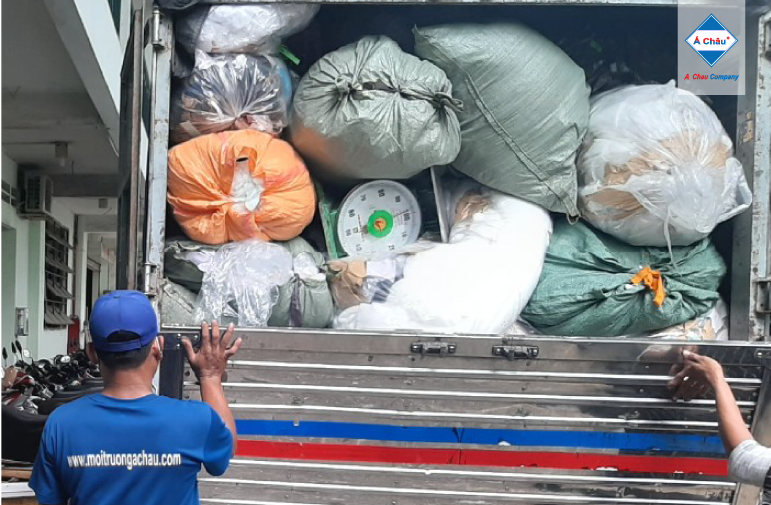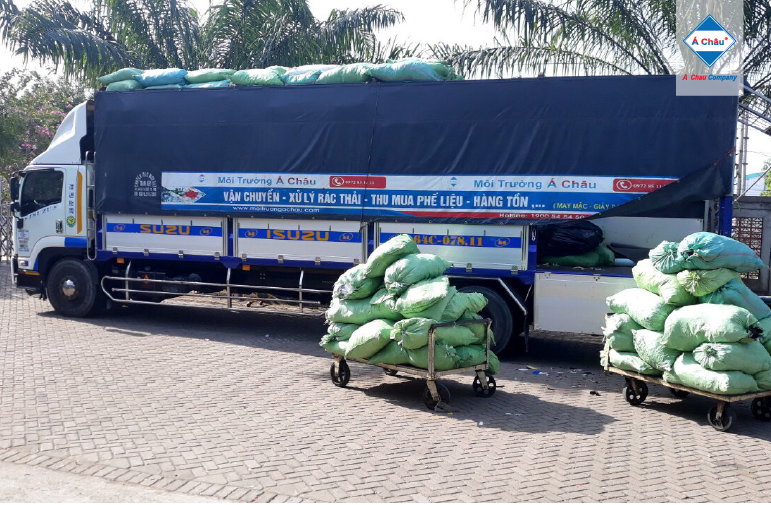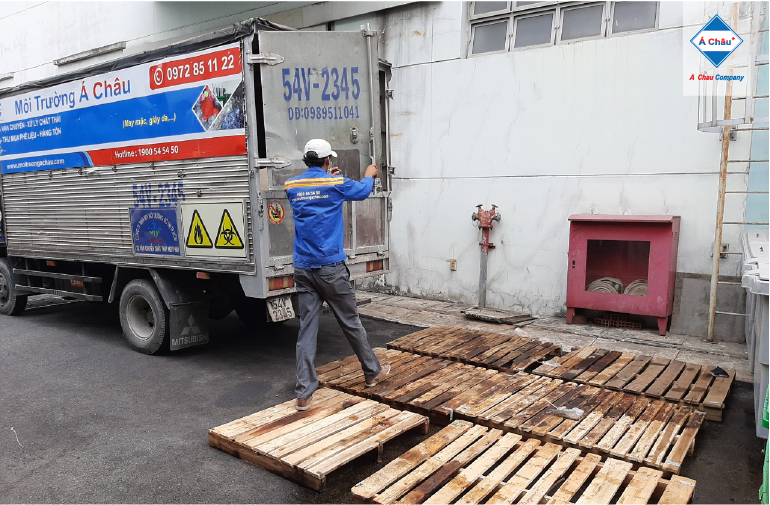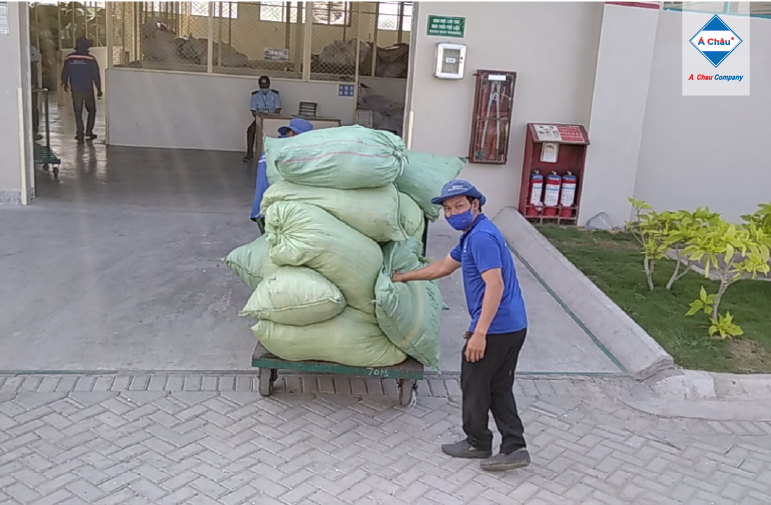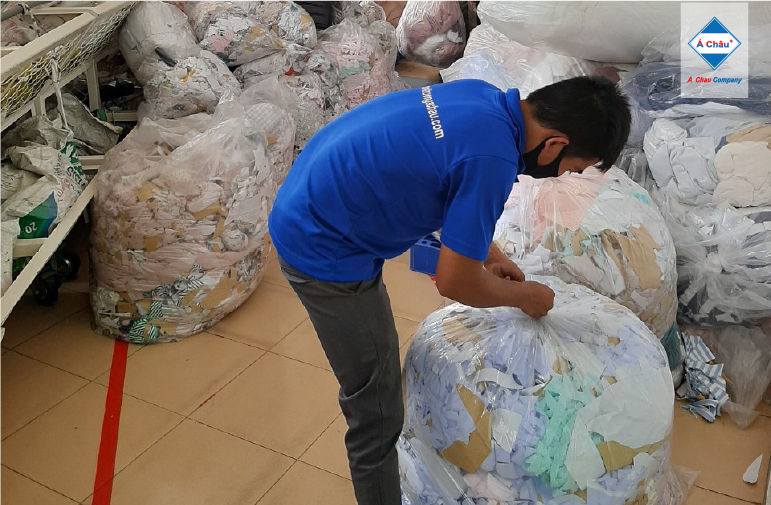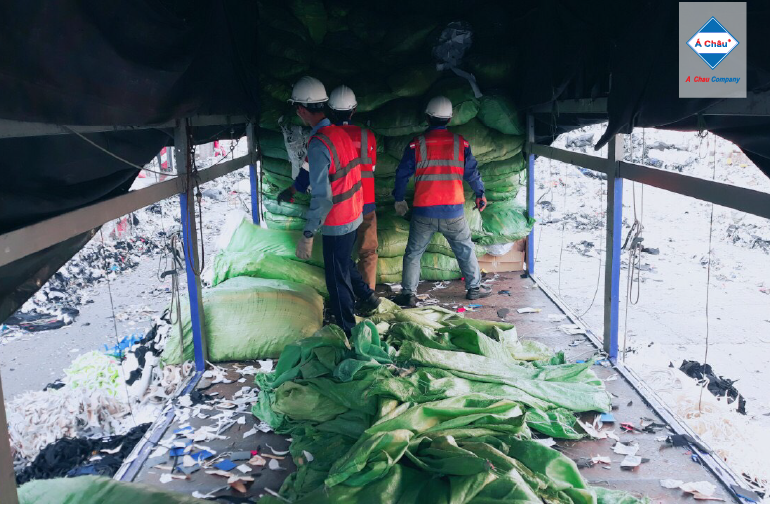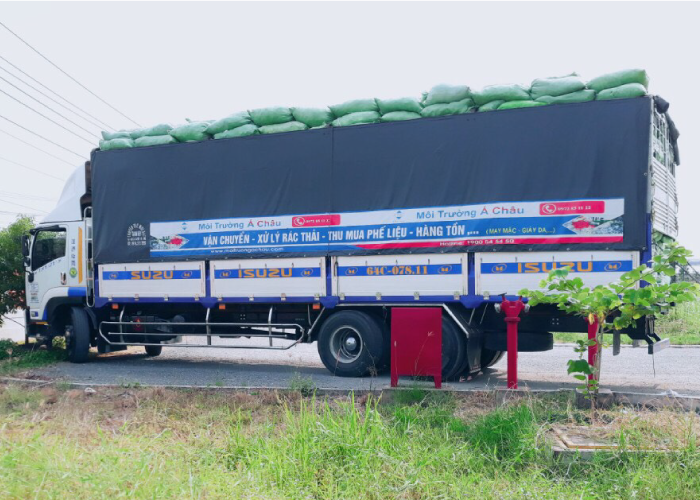
Transporting and treating industrial waste
Introduction
What is normal industrial solid waste (NISW)?
Normal industrial solid waste (NISW) or industrial waste is waste generated by business and production activities that does not fall under the category of domestic wastes or hazardous wastes (according to Decree No. 38/2015/ND-CP). Industrial waste is an unavoidable byproduct of manufacturing activities, particularly in the garment, footwear, backpack, bag and other industries.
Industrial waste is classified into two types: scrap (that can be reused and recycled) and waste (that cannot be reused or recycled)
Legal basis for industrial waste management:
- Law No. 72/2020/QH14 of the National Assembly: Law on Environmental Protection
- Decree No. 08/2022/ND-CP of the Government: detailing a number of articles of the Law on Environmental Protection
- Circular No. 02/2022/TT-BTNMT of the Ministry of Natural Resources and Environment: detailing a number of articles of the Law on Environmental Protection
The documents above replace the expired documents below:
- Law No. 55/2014/QH13 of the National Assembly: Law on Environmental Protection
- Decree No. 38/2015/ND-CP of the Government: On waste and scrap management
- Decree No. 40/2019/ND-CP - Amending and supplementing a number of articles of the decree detailing and guiding the implementation of the Law on Environmental Protection
- Circular No. 25/2019/TT-BTNMT - Detailing the implementation of a number of articles of the Government's Decree No. 40/2019/ND-CP dated May 13, 2019 amending and supplementing a number of articles of the Government's Decree No. Decrees detailing and guiding the implementation of the Law on Environmental Protection and regulations on management of environmental monitoring services
A Chau Environment fully meets the legal requirements to provide a full package of solutions for management - collection - transportation - treatment of normal industrial solid waste (NISW) generated at the enterprise, with specific processes such as:
Management process
Classification, labeling and storage
NISW must be identified and classified from hazardous waste. If NISW cannot be classified, it must be managed in accordance with hazardous waste regulations. Hanging a sign at the NISW storage area, the content of the sign suggests: "STORAGE AREA FOR RECYCLED INDUSTRIAL WASTE"; “STORAGE AREA FOR INDUSTRIAL WASTE”; “STORAGE AREA FOR CONSTRUCTION WASTE",...
Classification of NISW
Including: all kinds of fabric waste from garment processing, leather shoes, backpack, bag; paper, nylon, rubber, plastic, metal, glass, ...
The facility reuses, recycles, or transfers it to a unit having the function of trading and recycling scrap.
Reusing, direct using, treating the normal industrial solid waste
- Normal industrial solid waste is recovered, classified and reused as raw materials, fuel and materials for managed production activities such as products and goods.
- Ash, slag, and gypsum are classified as normal industrial solid waste and other NISWs that meet the standards, technical regulations, and technical instructions for use as manufacturing materials. Construction materials and ground leveling are managed as products and goods of construction materials by competent agencies. If no standards, technical regulations, or technical guidelines exist, the standards of one of the Group of Industrialized Countries shall apply.
Remaining waste: sign a transfer contract to a unit with the function of transporting and treating waste.
NISW storage
NISW storage equipment and tools shall meet the following requirements: (if any)
- The equipment and tools shall ensure the safe storage of NISW without damage or tear.
- The soft packaging shall be sealed. The hard packaging shall have a tight-fitting lid for the purpose of preventing from leaking and dropping sewage into the environment.
- An equipment or a tool shall have hard structure that is capable of withstanding impact, not damaged, deformed, torn due to the weight of waste throughout the process of use.
The NISW transportation station or storage area: (if any)
It is not required to build in the form of a warehouse but it must meet the following regulations:
- Elevated floor to avoid flood.
- The floor that is sealed, not cracked, penetrated and able to prevent overflowing rainwater from the outside.
- The rain/sunlight cover for the entire storage area.
- The warehouse shall meet technical construction standards and regulations of Law.
The outdoor normal industrial solid waste storage area (if any)
The outdoor NISW storage area (if any) must meet the following requirements:
- An embankment and a system for collecting and treating rainwater overflowed and wastewater generated throughout the storage of normal industrial solid waste that ensure environmental technical regulations.
- Elevation of the floor that ensures no flood; a floor which is sealed, not cracked and penetrated with durability that is capable of withstanding the load of the means of transport and the weight of normal industrial solid waste.
- A tool that ensures minimization of dust generated from normal industrial solid waste storage area (waste that generate dust).
- The rain/sunlight cover for the entire storage area.
Signing the transportation – treatment contract
Waste source owner transfers NISW to the following entities:
- Manufacturing establishments directly using NISW as production materials and for production of building materials or leveling, which is licensed to operate as prescribed by law;
- Manufacturing establishments licensed for waste co-processing;
- Facilities licensed for NISW treatment;
- Facilities transporting NISW, meets the current legal regulations, which have signed a transfer contract with the entity above.
Tranferring NISW
For each waste transfer ,the NISW handover record must be used as prescribed in the Appendix attached to the Circular No. 02/2022/TT-BTNMT
Periodic report
General integration in the periodic report on environmental protection (report period is from 01/01 to 31/12, and report is sent to management agencies before 05/01 of the following year).
The provision process of services
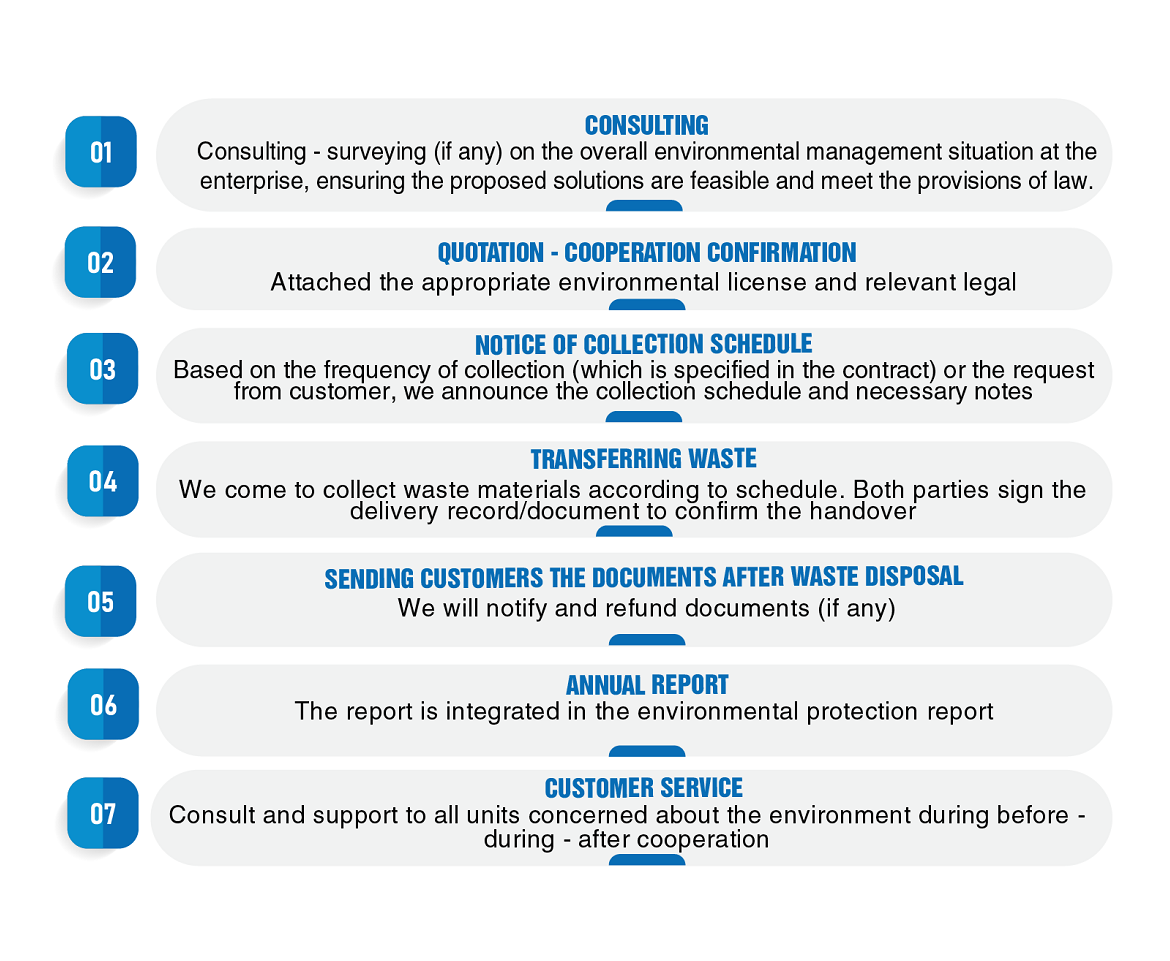
Quotation
Only 03 minutes of operation to receive direct quotations/contracts - public; save time; simplify and optimally meet the customers's different needs of environmental service !
Our regional Customer & Partner services center in Vietnam:
Northern Services Center: 033 8351122
Central Services Center: 0902 450585
HCMC – Eastern Services Center: 033 8351122
Southern Services Center: 0902 912586
